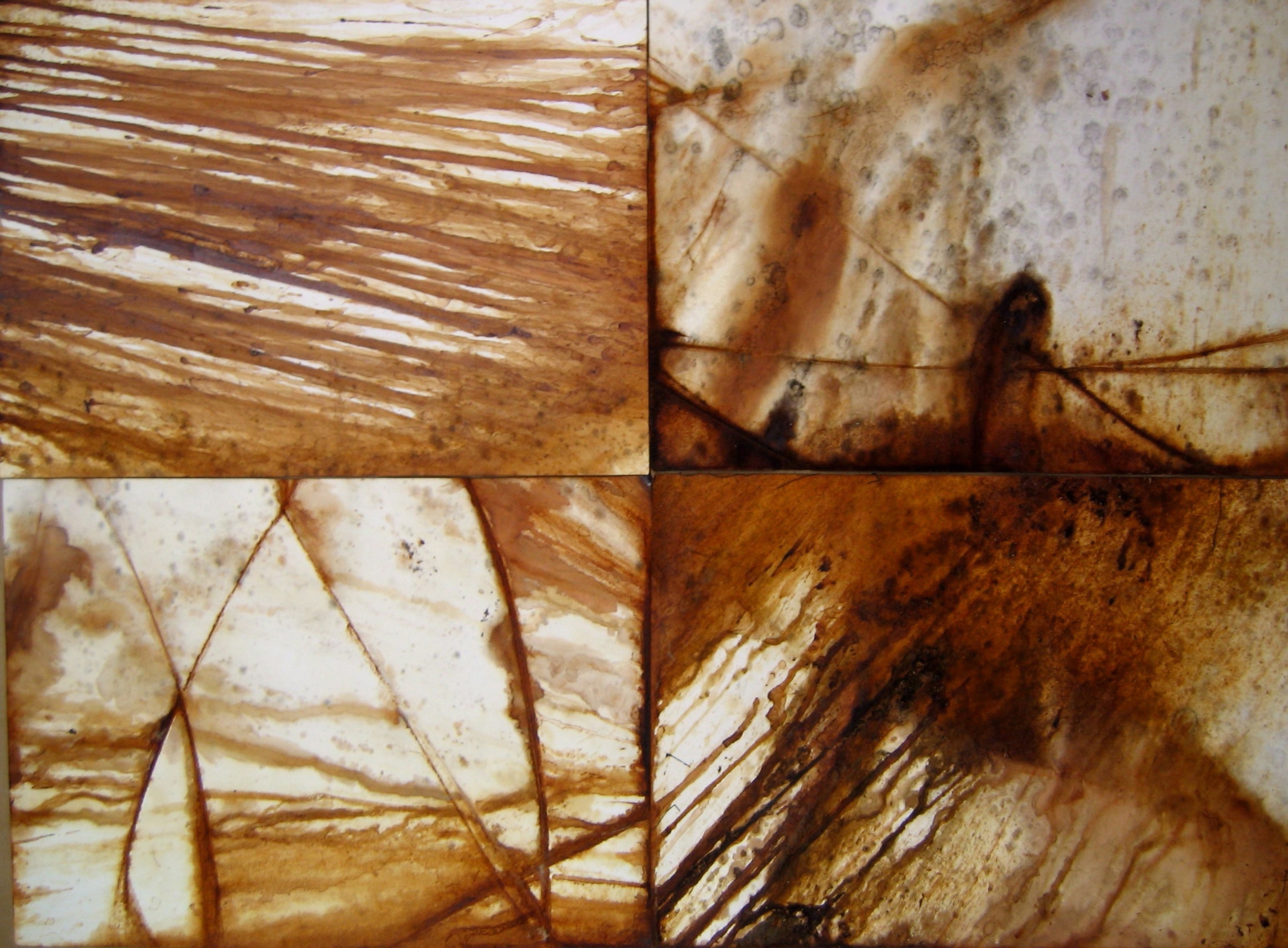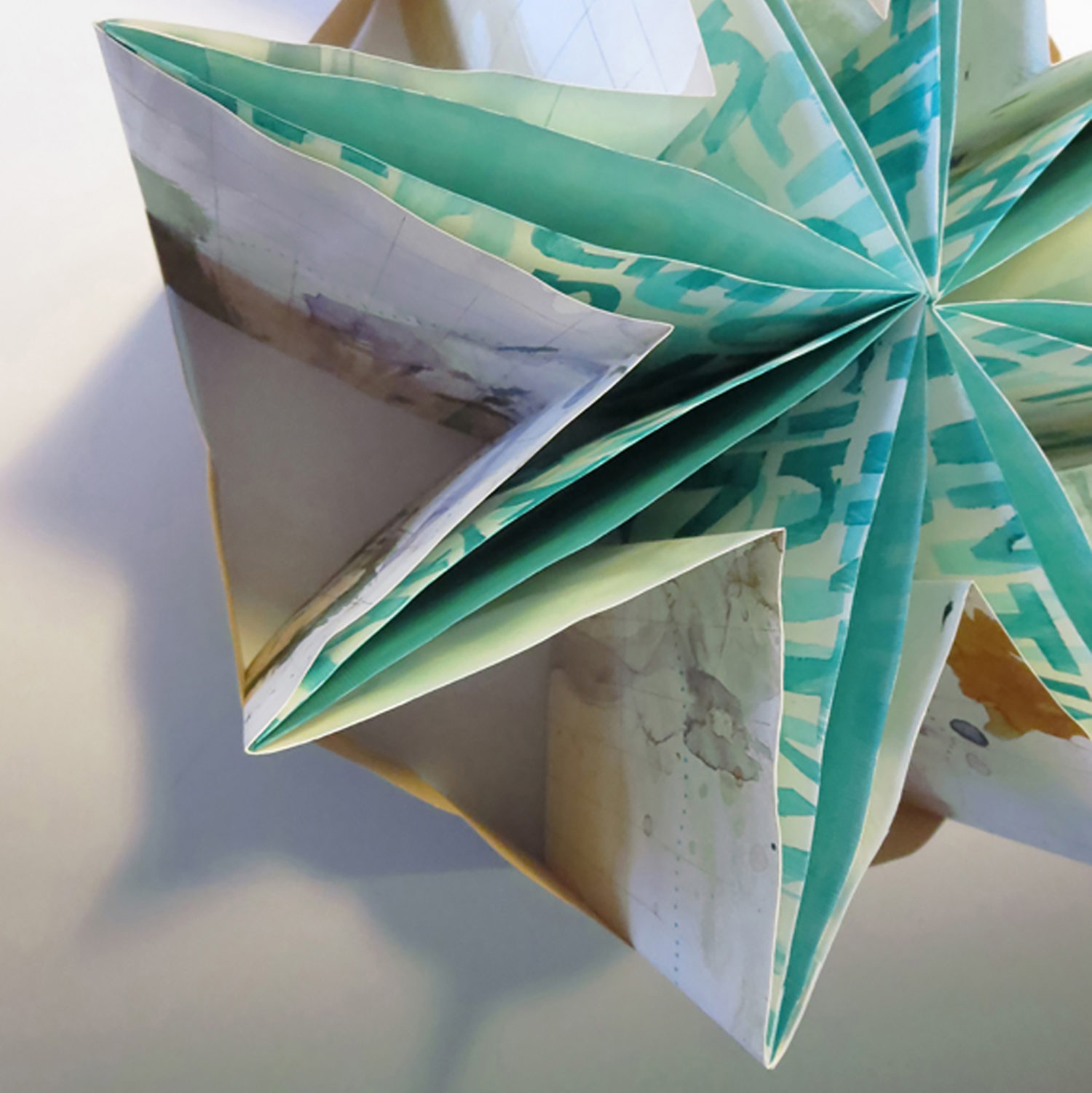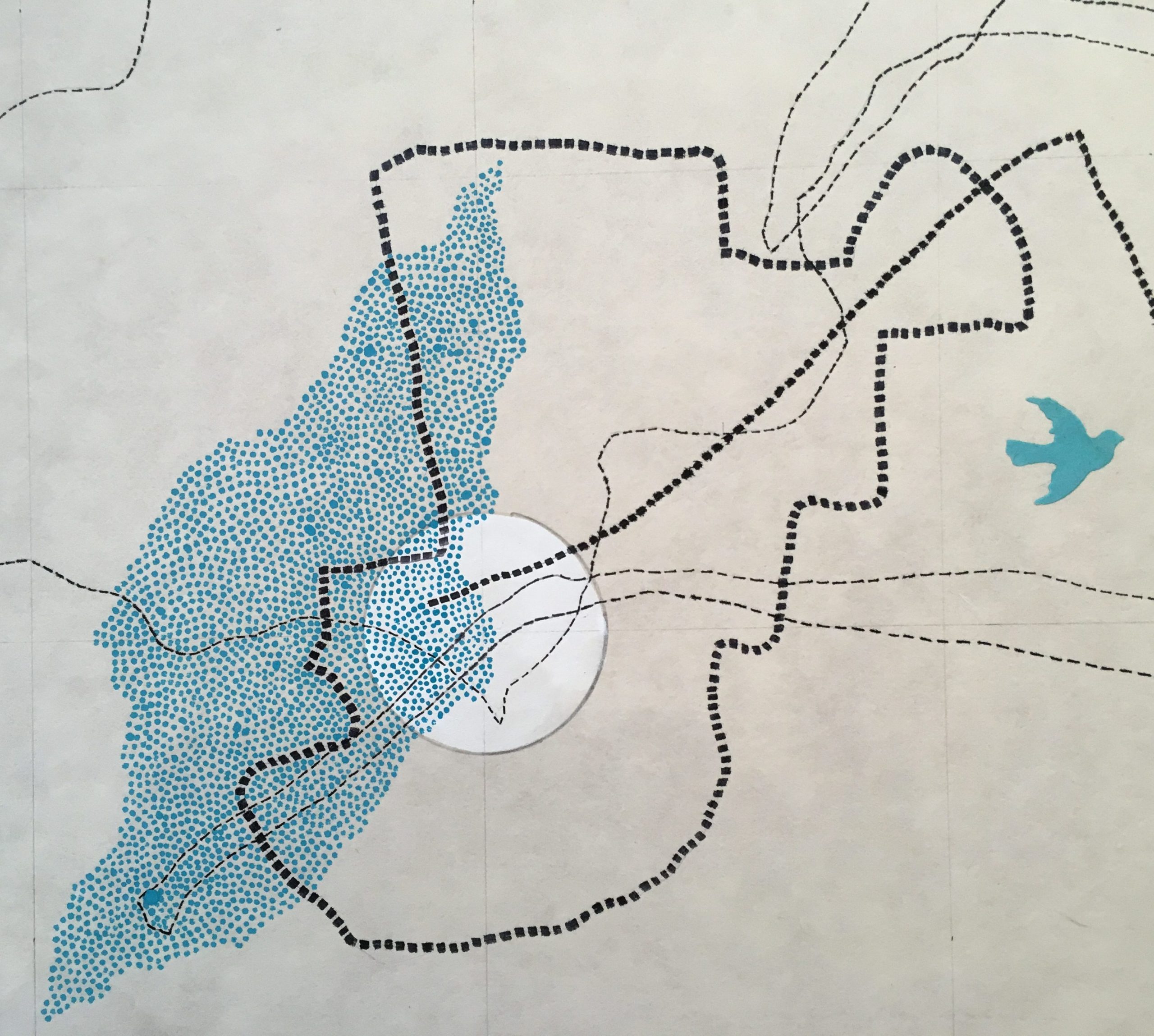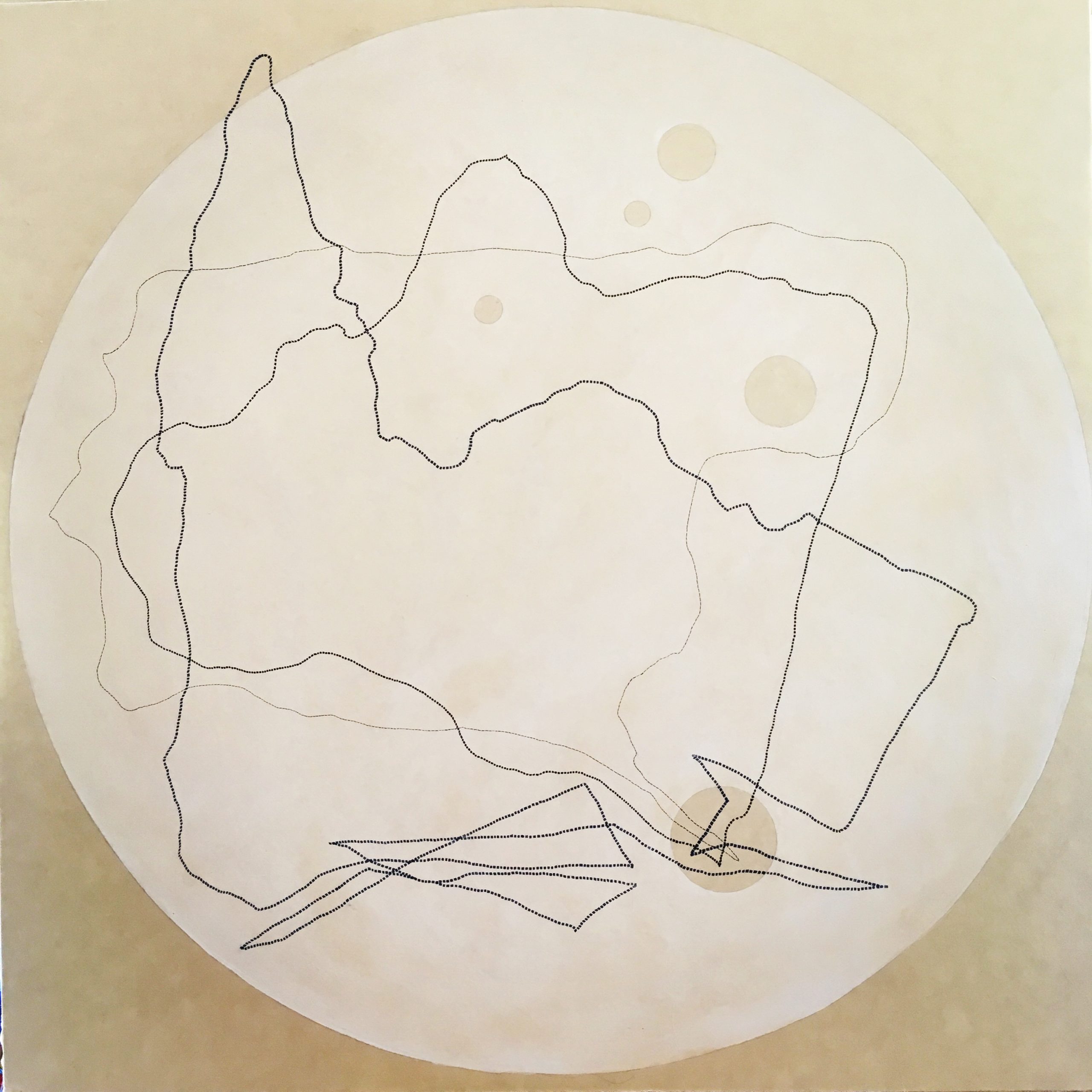
Tree Collaborations
November 13, 2016
Wayfinding Star, 2016
February 13, 2018In the book Wanderlust, Rebecca Solnit defines two types of walks: utopian and arcadian. A utopian walk is made with vision, purpose, and intention. An arcadian walk is made with no purpose other than enjoying the walk and one’s surroundings. A utopian walk can become an arcadian walk or vice versa. Both types of walks require a balance between attention within and without.
From January-July 2016, I walked the city streets of Venice, New York City, Memphis, Cleveland, Oak Park, Chicago, and Miami; and smaller towns like Nebraska City, North Adams, Clarksdale, and Pittsfield. I hiked in Italian and German hillsides, the Berkshires, the Nebraskan and Iowian planes, the parks of Ohio, the soy and corn fields of the South and the levees of the Mississippi. Many walks were tracked with electronic devices. Others through drawings and writings in order to uncover the changing focus of my attention while finding my way.
When I walk I can picture myself on the map. I flip back and forth between the map I hold in my hand and what I see in my mind. I rarely lose my way. Horizon landmarks dictate and provide guides. Cities with grids become navigable as soon as I understand the organizational formula. I’m not memorizing the map, but incorporating its essence into my bones. I make all kinds of journeys this way, traversing up and down streets, mountainsides, and pathways. This doesn’t mean that I don’t get lost. Walking in Venice, with its narrow alleyways, secret turns, and inexact cartography, challenged a skill I took for granted. I learned to surrender to the role of uncertainty and the feeling of being lost.
Wayfinding is about trusting the way and understanding the many paths to get to the same destination literally and figuratively. Some are direct others are tranquil. Some avoid obstacles. And others are just variety and keep your mind alert for new things. I define this as cultivating a wilderness state of mind. Accepting the wilderness is about being present to the unpredictability of life, the knowledge that while we think we are on a safe path walking in the New England forest, a black bear could appear out of nowhere. Or your trust in your reality can be jolted when a person decked out in 17th century finery emerges from around a corner during Carnevale in Venice.
Guide to Viewing:
-Dots represent thoughts, tasks, the barage of media and other repetitive parts of life.
-Dotted Lines are pathways. Most are actual runs or walks in the various places I visited in the past six months as tracked on my NikeRunning App.
-Circles represent places. Size can be the actual size or how long I spent there.
-Penciled lines are latitude or longitude lines.
-Birds are me and you and everyone we know.
-Dots represent thoughts, tasks, the barage of media and other repetitive parts of life.
-Dotted Lines are pathways. Most are actual runs or walks in the various places I visited in the past six months as tracked on my NikeRunning App.
-Circles represent places. Size can be the actual size or how long I spent there.
-Penciled lines are latitude or longitude lines.
-Birds are me and you and everyone we know.



